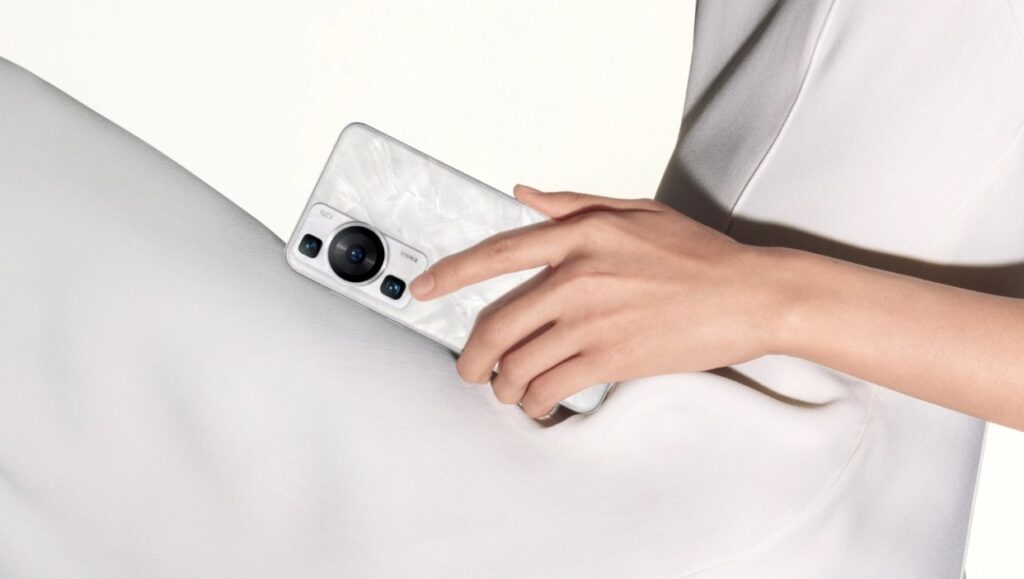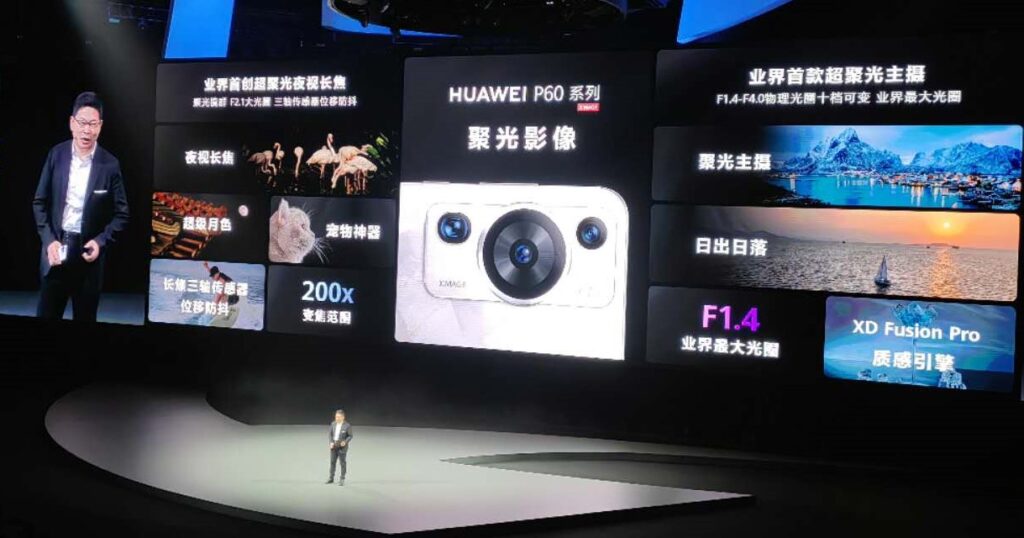
Huawei P60 series launched in China; variable aperture cameras, two-way satellite messaging
Huawei has plenty of fight left in them with the launch of their latest Huawei P60 series flagship phones in China that hosts a number of unique technologies including two-way satellite comms, a physical variable aperture camera and several other unique interpretations of tech under the hood though the phones primarily feature 4G LTE connectivity and no 5G. We’ve fortunately managed to secure a sample for review and you ca check out our Huawei P60 Pro review here.
What is the new Huawei P60 series?
The new Huawei P60 series smartphones consist of the top of the line Huawei P60 Pro and the baseline P60 as well as a rather unusual variant that’s almost an art deco sculpture in terms of its camera housing design called the P60 Art.
Aesthetically speaking, Huawei is designating the new camera housing as the ‘Aurora Eye’ with several new colourways including a nacreous mother-of-pearl finish that integrates actual mineral bead powder that almost perfectly mimics the look of pearl. IP68 water resistance comes as standard on all variants.

In terms of hardware, the Huawei P60, the P60 Pro and P60 Art are all built around the same Snapdragon 8+ Gen 1 processor with a 4G LTE modem running their own HarmonyOS 3.1 and various permutations of 128GB, 256GB and 512GB storage options. As you’d likely surmise, apps for the new Huawei P60 series will be sourced off their own AppGallery and if you still need Google applications, you’ll likely be able to get them on via the Lighthouse app on the Huawei AppGallery.
 Of note with the P60 series is ability to send and receive satellite messages from the Beidou satellite network though this feature is limited to China at present. The P60 and P60 Pro both 4,815mAh batteries with the former featuring 66W wired charging and the latter 88W wired charging while the larger P60 Art which has a more efficient, denser silicon-carbon negative electrode battery has a 5,100mAh battery.
Of note with the P60 series is ability to send and receive satellite messages from the Beidou satellite network though this feature is limited to China at present. The P60 and P60 Pro both 4,815mAh batteries with the former featuring 66W wired charging and the latter 88W wired charging while the larger P60 Art which has a more efficient, denser silicon-carbon negative electrode battery has a 5,100mAh battery.

All three phones also feature the same 6.67-inch quad-curved LTPO OLED display with FHD+ resolution and a dynamic 120Hz refresh rate sheathed in the same tough Kunlun glass that debuted on last year’s Mate 50 Pro Kunlun Edition. The OLED displays also have TUV Rheinland Colour Accuracy certification and are compliant with the DCI-P3 colour gamut though to what degree is not elaborated on in official literature.
The rear camera hardware of the Huawei P60 series is of note with all of them featuring a 48MP primary camera with OIS and an RYYB colour sensor for better low light performance in tandem with their own XD Fusion Pro engine. What makes this primary camera unique is that it integrates a variable ten-gear aperture with the ability to go from F/1.4 to F/4.0 to better control the amount of light entering the sensor for precise creative control.
The P60 Pro and P60 Art both get a 48MP F/2.1 telephoto camera with 3.5x optical and 100x digital zoom that has OIS while the baseline P60 gets a 12MP F/3.4 periscope telephoto camera with OIS and, on paper, 5x optical zoom.

In terms of the ultrawide camera, the P60 Art is the most powerful of the lot with a 40MP F/2.2 camera sensor while the P60 and P60 Pro retain a similar 13MP F/2.2 ultra wide angle camera. All three Huawei P60 series phones feature the same 13MP selfie camera on the front.
In terms of pricing, Huawei has announced that prices for the P60 start from CNY 4,488 (about RM2,907), the P60 Pro from CNY 6,988 (about RM4,256) and the P60 Art from CNY8,988 (about RM5,822). There’s no official word on what colourways or RAM storage variants will arrive in Malaysia save for the fact that it will in the near future. You can also check out their official page here.
